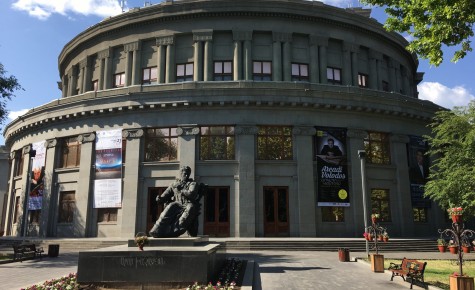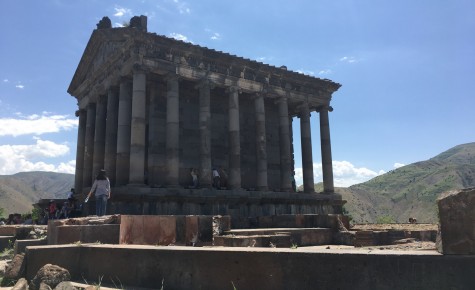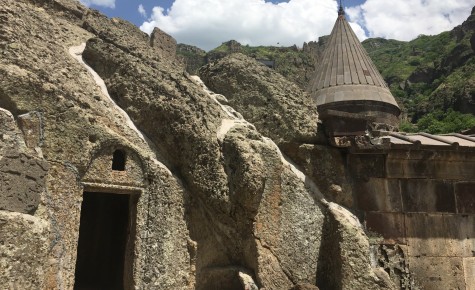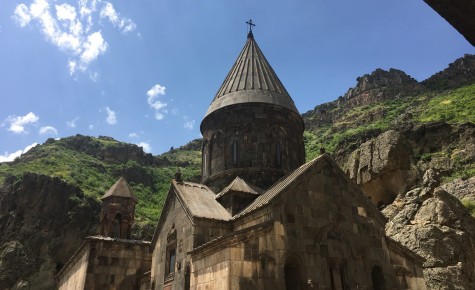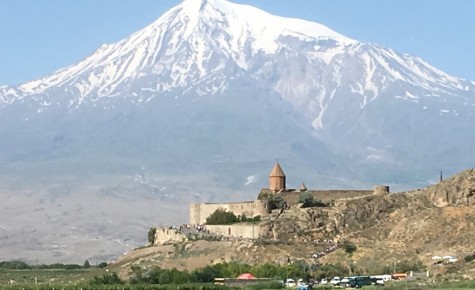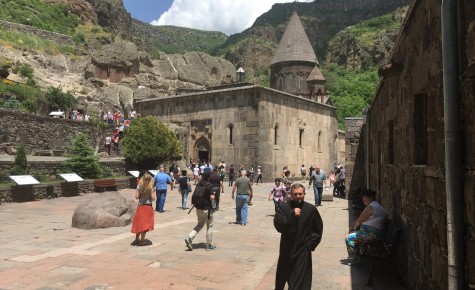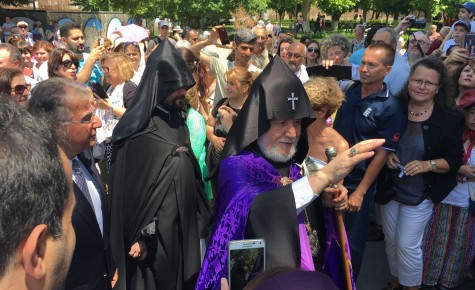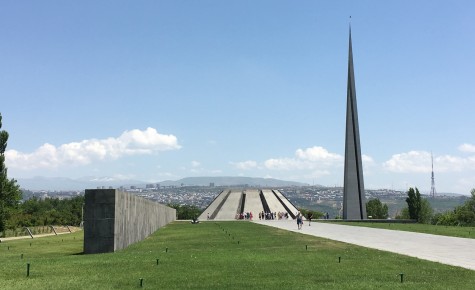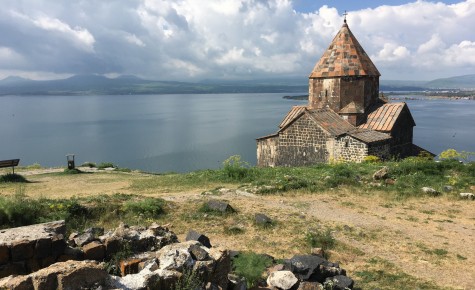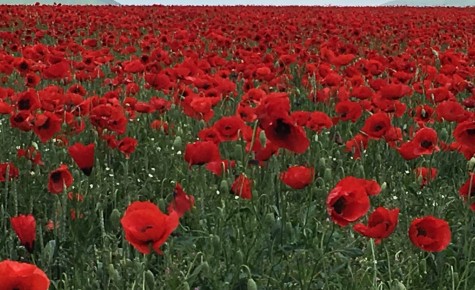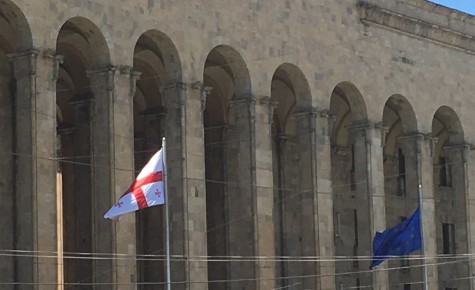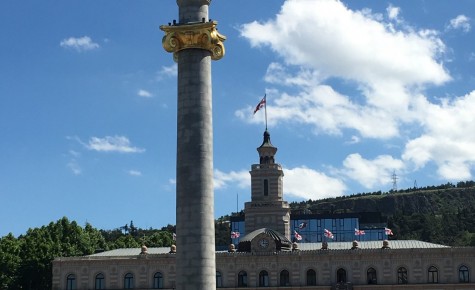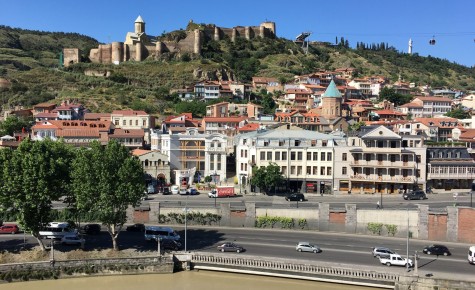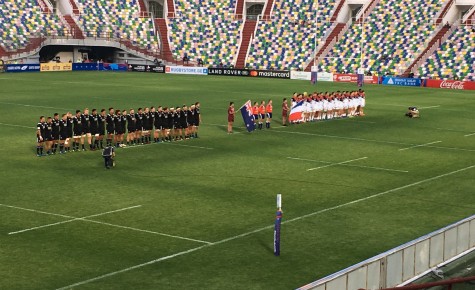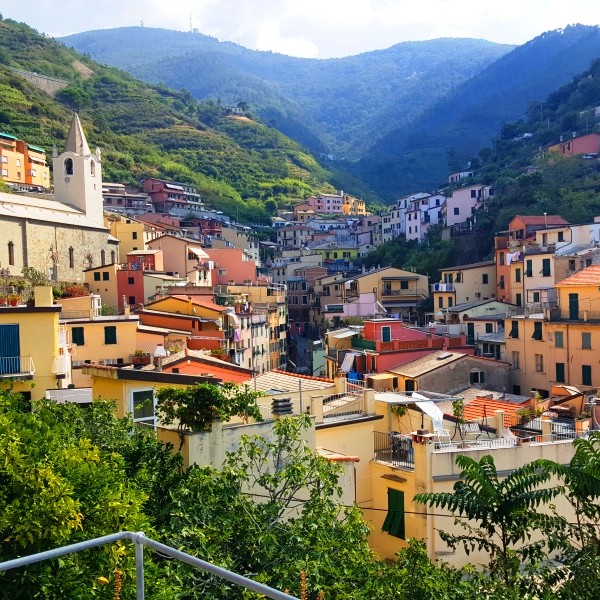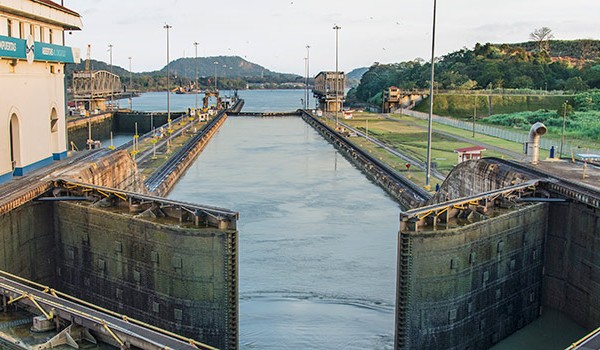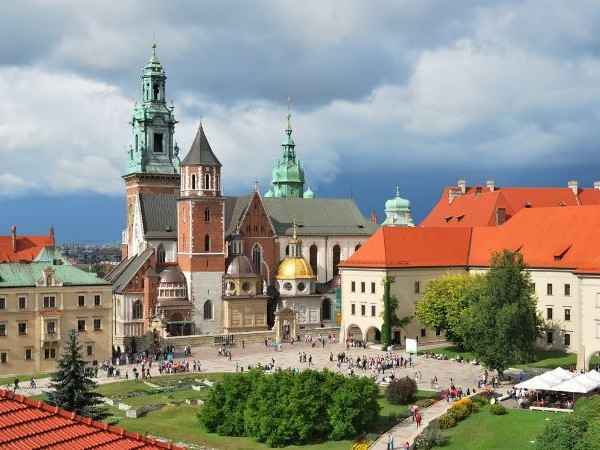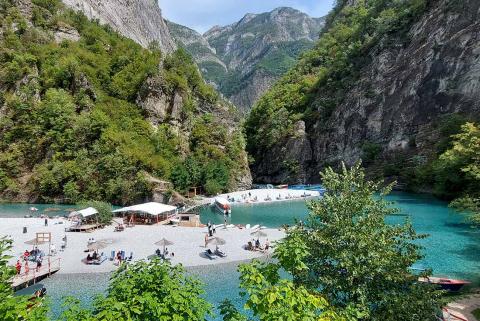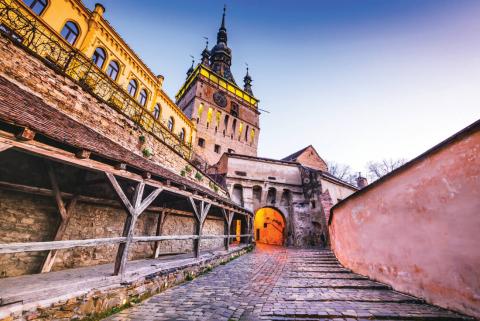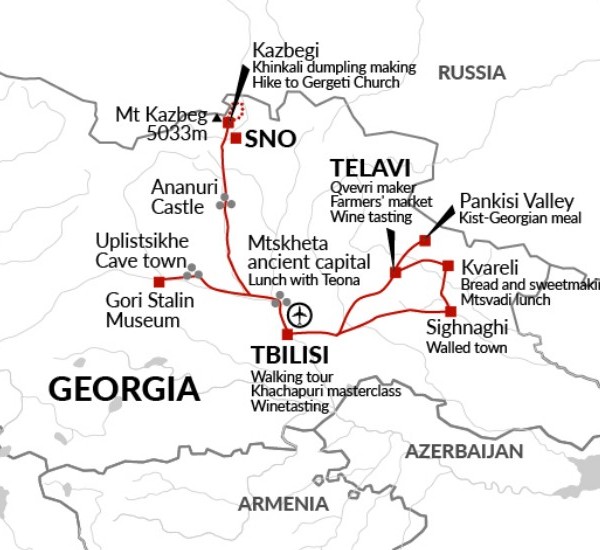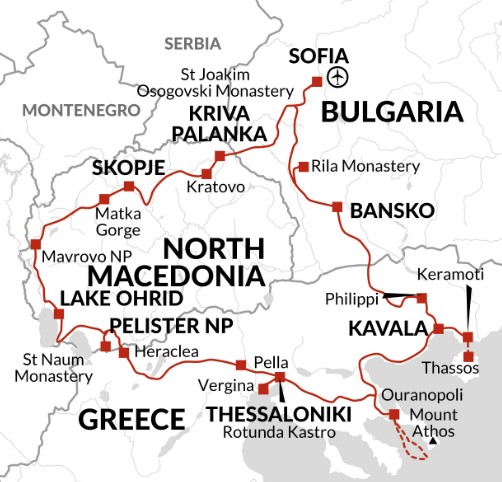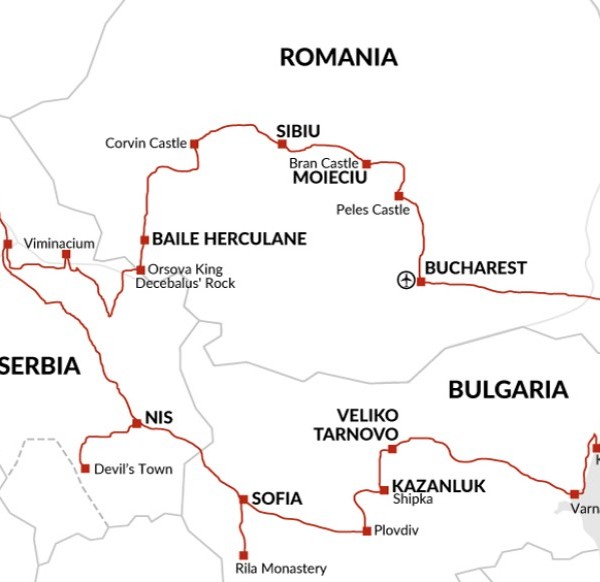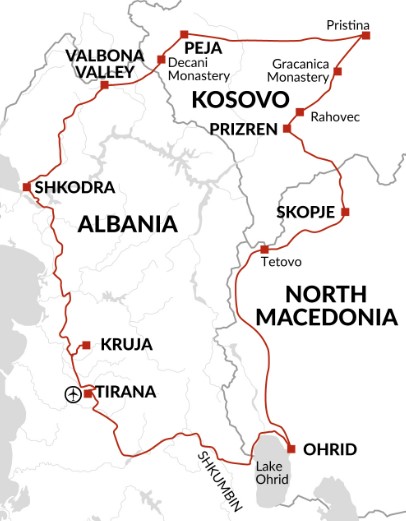Many years ago I read somewhere that Armenia had the biggest diaspora in the world and that had set me thinking as to why: were they just incredible travellers or was Armenia so dreadful that everyone wanted to leave?
Recently I was lucky enough to find out when I embarked on a G-Adventures small group tour to both 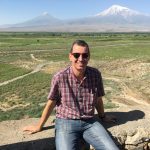 Georgia and Armenia. The trip started in Yerevan the capital of Armenia and the focus of the first couple of days was churches, Temples and Religion. We visited the reconstructed Roman Temple of Garni; The Geghard Monastery – carved into the side of a mountain and the ancient capital of Armenia, Echmiadzin, which is now the centre of the Armenian Orthodox church and where I was lucky enough to be blessed by the Armenian Pope! We also visited the monastery of Khor Virap which sits on the valley floor with magnificent views of Mt. Ararat the national symbol of Armenia. Unfortunately for Armenia Mt. Ararat is no longer in Armenia, in 1921 the Soviets gave it to Turkey to try and tempt them into joining the Soviet Union. As you can imagine this is a very sore point with the Armenians and as a result of this and the 1915-1919 Genocide (very well detailed in the excellent Yerevan Museum) the land border with Turkey is still closed.
Georgia and Armenia. The trip started in Yerevan the capital of Armenia and the focus of the first couple of days was churches, Temples and Religion. We visited the reconstructed Roman Temple of Garni; The Geghard Monastery – carved into the side of a mountain and the ancient capital of Armenia, Echmiadzin, which is now the centre of the Armenian Orthodox church and where I was lucky enough to be blessed by the Armenian Pope! We also visited the monastery of Khor Virap which sits on the valley floor with magnificent views of Mt. Ararat the national symbol of Armenia. Unfortunately for Armenia Mt. Ararat is no longer in Armenia, in 1921 the Soviets gave it to Turkey to try and tempt them into joining the Soviet Union. As you can imagine this is a very sore point with the Armenians and as a result of this and the 1915-1919 Genocide (very well detailed in the excellent Yerevan Museum) the land border with Turkey is still closed.
Each afternoon we would return to Yerevan and this still had a very Soviet feel to it, it reminded me a lot of Budapest; 6 story tenement Soviet housing, solid stone buildings, trolleybuses and lots of Lada’s and other Soviet era vehicles plus lots of green public spaces and squares. There are lots of bars and cafes and it is a very outdoors place and was quite cheap to eat out.
On day 4 we headed to Georgia via Lake Sevan, the largest lake in the Caucasus region, and on into the capital Tbilisi. Our 4 hour walking tour of Tbilisi old town was fascinating and included Roman ruins, ancient bath houses, Georgian Orthodox churches and finished up at the Museum of the Soviet Occupation. This was really interesting and in light of current Soviet foreign policy in the Ukraine, served as quite a warning for many of the old Soviet satellite states.
The Soviet theme continued the next day with a visit to Gori, the birthplace of one Iosif Vissarionovich Dzhugashvili, or Joseph Stalin to you and I. In Gori you can visit Stalin’s house/museum which for me was the highlight of the trip. The building was started before Stalin’s death and bizarrely resembles a Moorish palace but inside it is definitely Soviet. The guides drags you round in double quick time delivering their monologues in Soviet era style with little enthusiasm or time for questions, functional would be high praise indeed but this feels strangely correct in this 1960’s time capsule. The town of Gori still celebrate Stalin’s birthday and wheel out the Stalin statue; that was only taken down after the last war with Russia in just 2008; for the occasion. The youth of the town ignore this occasion but the older generations are still proud of the local lad who rose to become arguably the most powerful man in the world.
From Gori it was back to Tbilisi which was great, an interesting old town and Parisian areas in the newer parts. That night I dragged 3 trip mates along to the u19 Rugby World cup match Between NZ and France and a great time was had by all thanks to the result and the very friendly Georgian locals.
The next day we headed for a Ski resort and the following morning headed towards the Russian/Chechen border to visit a The Sameba Church and take in the stunning views of Mt. Kazbek, a mere 5033 metres high.
From here it was back down and through Tbilisi again and out the other side to the centre of the Georgian wine growing region. We had 2 days here visiting vineyards with wine cellars that doubled as bomb shelters, the 11th century Monastery of Alaverdi and the interesting cave town of Uplistsikhe which was settled around 1000 BC.
We returned to Tbilisi for a farewell meal at one of the many restaurants serving hearty traditional Georgian fare and then we went our separate ways. I thought the tour was excellent and for a 20th century history fan like me it was fascinating, what I didn’t expect to enjoy so much was the religious history stretching back to the time of the Apostles and right up to Pope Francis visiting Armenia just last year. There was so much to see and do and so much great history, both social and religious, that by the end I really did feel truly blessed!





